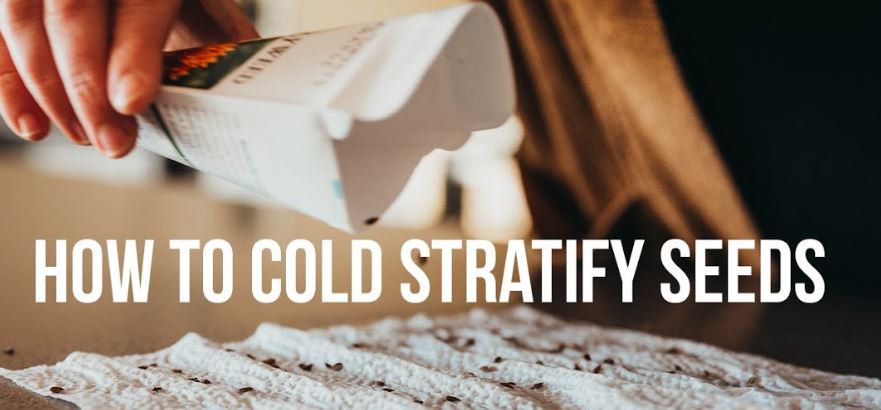Stratifying in a refrigerator typically refers to the process of cold stratifying seeds. Cold stratification is a technique used to simulate winter conditions and break seed dormancy, which encourages germination. Here's what you need to know:
What seeds need stratification?
Many trees, shrubs, and wildflowers native to temperate climates have seeds that require cold stratification to germinate.
How to stratify seeds in a refrigerator:
-
Prepare the seeds:
- Remove any wings or fleshy coatings from the seeds.
- Soak the seeds in water for 24-48 hours (depending on the specific seed requirements).
-
Choose a moist medium:
- You can use damp paper towels, sand, peat moss, or vermiculite.
- Make sure the medium is moist but not soggy.
-
Place the seeds in the medium:
- For small seeds, spread them out on a damp paper towel.
- For larger seeds, mix them into the damp medium.
-
Seal the container:
- Place the seeds and medium in a sealed plastic bag or container.
- Poke a few small holes in the bag for air circulation.
-
Refrigerate:
- Place the sealed container in the back of your refrigerator, where the temperature is coldest (around 35-40°F).
- The stratification period varies depending on the seed type, but it is typically 4-12 weeks.
-
Monitor the seeds:
- Check the seeds periodically to ensure they are staying moist.
- If the paper towels or medium dry out, add more water.
-
Plant the seeds:
- Once the stratification period is complete, you can plant the seeds in pots or outdoors (depending on the season and climate).
Tips:
- Label the container with the type of seeds and the start date of stratification.
- Check your seed packet for specific stratification instructions, as the requirements can vary.
- Don't let the seeds freeze in the refrigerator.
- Not all seeds require stratification. Be sure to research the specific needs of the seeds you are planting.

Leave a comment